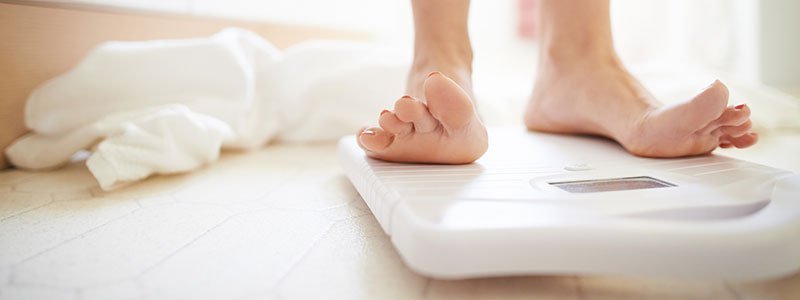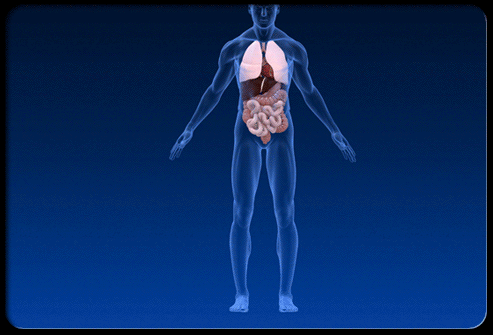Things to know about heat stroke

Heat stroke can be fatal.
- Heat stroke is a form of hyperthermia in which the body temperature is elevated dramatically.
- Heat stroke is a medical emergency and can be fatal if not promptly and properly treated.
- The cause of heat stroke is an elevation in body temperature, often accompanied by dehydration.
- Symptoms of heat stroke can include
- Heat stroke is diagnosed by observation of the symptoms and signs in a person exposed to extreme temperatures.
- Heat stroke is treated by cooling the victim is a critical step in the treatment of heat stroke. Always notify emergency services immediately if a heat stroke is suspected.
- The most important measures to prevent heat strokes are to avoid becoming dehydrated and to avoid vigorous physical activities in hot and humid weather.
- Infants, the elderly, athletes, and outdoor workers are the groups at greatest risk for heat stroke.
- Leaving infants, children, or animals in cars poses a risk for heat stroke. Even in moderate weather, the temperature inside a closed car can reach dangerous levels.

5 Signs and Symptoms of a Heat-Related Illness and Heat Stroke
The following checklist can help you recognize the symptoms of heat-related illnesses:
- Heat Rash: Heat rash looks like a red cluster of pimples or small blisters.
- Heat cramps: Symptoms are painful muscle spasms in the arms, legs, or abdomen
- Heat syncope (fainting): Symptoms of heat syncope or fainting are
- Heat exhaustion is a warning that the body is getting too hot.
- Heat stroke is a serious, life-threatening condition that occurs when the body loses its ability to control its temperature.
What is heat stroke? Who is at risk?
Heat stroke is a form of hyperthermia or heat-related illness, an abnormally elevated body temperature with accompanying physical symptoms including changes in the nervous system function. Unlike heat cramps and heat exhaustion, two other forms of hyperthermia that are less severe, heat stroke is a true medical emergency that is often fatal if not properly and promptly treated. Heat stroke is also sometimes referred to as heat stroke or sunstroke. Severe hyperthermia is defined as a body temperature of 104 F (40 C) or higher.
The body normally generates heat as a result of metabolism and is usually able to dissipate the heat by radiation of heat through the skin or by evaporation of sweat. However, in extreme heat, high humidity, or vigorous physical exertion under the sun, the body may not be able to sufficiently dissipate the heat and the body temperature rises, sometimes up to 106 F (41.1 C) or higher. Another cause of heat stroke is dehydration. A dehydrated person may not be able to sweat fast enough to dissipate heat, which causes the body temperature to rise.
Heat stroke is not the same as a stroke. “Stroke” is the general term used to describe decreased oxygen flow to an area of the brain.
Those most susceptible (at risk) individuals to heat stroke include:
- Infants
- The elderly (often with associated heart diseases, lung diseases, kidney diseases, or who are taking medications that make them vulnerable to dehydration and heat strokes)
- Athletes
- Individuals who work outside and physically exert themselves under the sun
- Infants, children, or pets are left in cars.
Heat stroke is sometimes classified as exertional heat stroke (EHS, which is due to overexertion in hot weather) or non-exertional heat stroke (NEHS, which occurs in climactic extremes and affects the elderly, infants, and chronically ill.

QUESTION
Muscle weighs more than fat. See Answer
What are heat stroke symptoms and signs? 11 Common signs

7 Signs and symptoms of heat exhaustion include nausea, vomiting, headache, and more.
Symptoms of heat stroke can sometimes mimic those of heart attack or other conditions. Sometimes a person experiences symptoms of heat exhaustion before progressing to heat strokes.
7 Signs and symptoms of heat exhaustion include
- nausea,
- vomiting,
- fatigue,
- weakness,
- headache,
- muscle cramps and aches, and
- dizziness.
However, some individuals can develop symptoms of heat stroke suddenly and rapidly without warning.
Different people may have different symptoms and signs of heat stroke. 11 Common symptoms and signs of heat stroke include;
- high body temperature,
- the absence of sweating, with hot red or flushed dry skin,
- rapid pulse,
- difficulty breathing,
- strange behavior,
- hallucinations,
- confusion,
- agitation,
- disorientation,
- seizure, and/or
- coma.
Latest Exercise & Fitness News
Daily Health News
Trending on MedicineNet
Can infants, children, and teens suffer from heat stroke?

Symptoms of heat stroke can sometimes mimic those of heart attack or other conditions.
While the elderly are at the greatest risk for heat stroke, infants and children are also at risk. In particular, infants or young children who are unattended in locked a car may suffer heat-related illness quickly, since the indoor temperature of a locked car can rise to dangerous levels even in moderate weather. Rarely, infants have died of heat stroke when overly bundled in their cribs. It is critically important that parents understand the medical dangers inherent in leaving children unattended in cars in addition to the obvious safety risks. Further, cars should always be kept locked when not in use so that children may not enter them and become trapped.
Among older children and teens, heat stroke or heat-related illness is a risk for athletes who train in hot environmental conditions. Among reported heat-related illnesses in U.S. high school athletes, the majority of cases occur in football players during the month of August.

SLIDESHOW
Dehydration: Causes, Symptoms & Signs See Slideshow
4 First aid treatments for heat stroke
Victims of heat stroke must receive immediate treatment to avoid permanent organ damage. First and foremost, cool the victim.
- Get the victim to a shady area, remove clothing, apply cool or tepid water to the skin (for example, you may spray the person with cool water from a garden hose), fan the victim to promote sweating and evaporation, and place ice packs under the armpits and groin.
- If the person is able to drink liquids, have them drink cool water or other cool beverages that do not contain alcohol or caffeine.
- Monitor body temperature with a thermometer and continue cooling efforts until the body temperature drops to 101 to 102 F (38.3 to 38.8 C).
- Always notify emergency services (911) immediately. If their arrival is delayed, they can give you further instructions for the treatment of the victim.
How can you prevent heat stroke?
- The most important measures to prevent heat strokes are to avoid becoming dehydrated and to avoid vigorous physical activities in hot and humid weather.
- If you have to perform physical activities in hot weather, drink plenty of fluids (such as water and sports drinks), but avoid alcohol, and caffeine (including soft drinks and tea), which may lead to dehydration.
- Your body will need replenishment of electrolytes (such as sodium) as well as fluids if you sweat excessively or perform vigorous activity in the sunlight for prolonged periods.
- Take frequent breaks to hydrate yourself. Wear hats and light-colored, lightweight, loose clothes.
- Keep cars locked when not in use and never, ever, leave infants, children, or pets unattended in a locked car.
Subscribe to MedicineNet’s Weight Loss/Healthy Living Newsletter
By clicking “Submit,” I agree to the MedicineNet Terms and Conditions and Privacy Policy. I also agree to receive emails from MedicineNet and I understand that I may opt out of MedicineNet subscriptions at any time.
Medically Reviewed on 7/21/2022
References
Helman, H.S. “Heatstroke.” Medscape. May 18, 2018. <https://emedicine.medscape.com/article/166320-overview>.